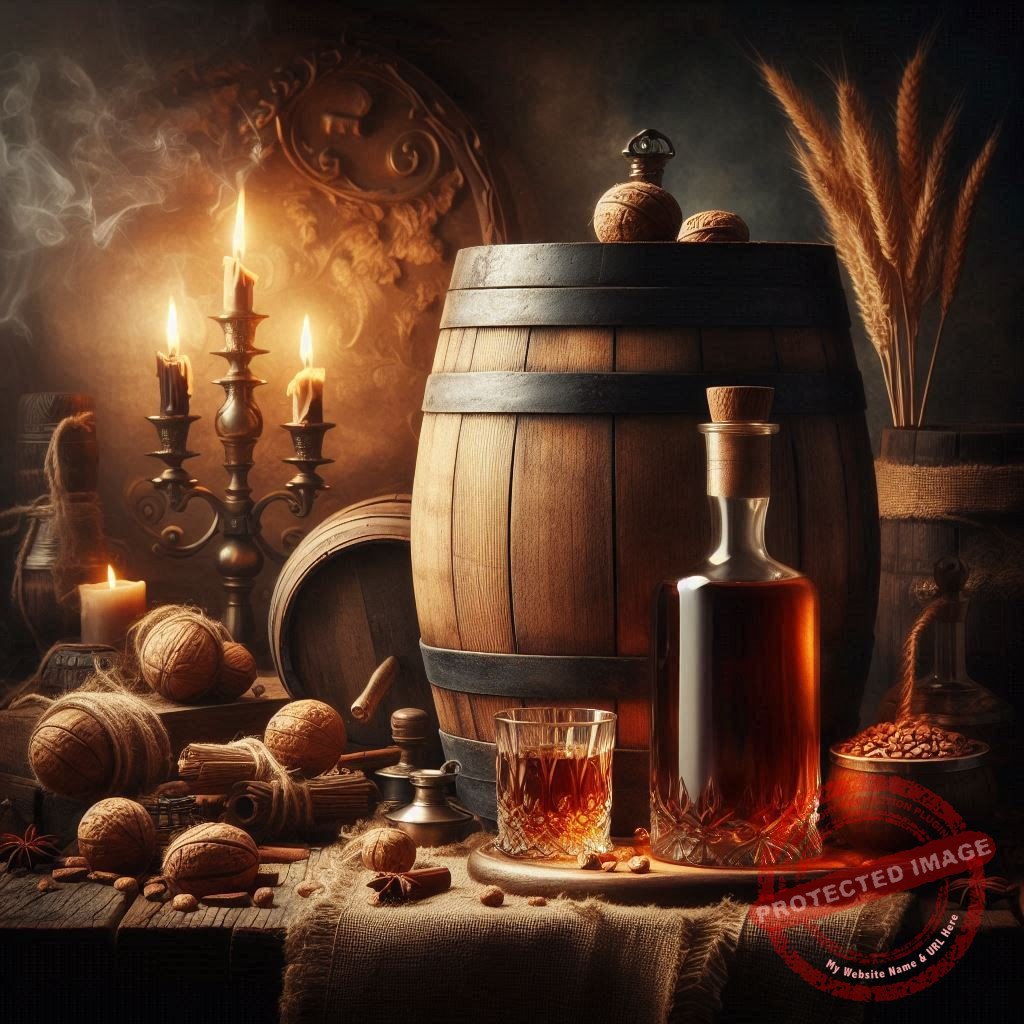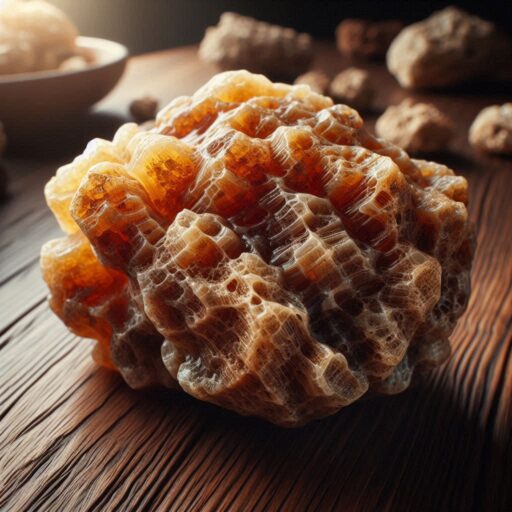Whiskey Lactone
£6.79 – £322.99Price range: £6.79 through £322.99
Odour description (decreasing): Tonka, Warm, Maple, Coumarin, Coconut, Toasted, Nutty, Celery with Whiskey-Like Nuances
Whiskey Lactone
Whiskey Lactone (also known as Oak Lactone) is a naturally occurring organic compound that plays a big role in the flavour and aroma of whiskey and other oak-aged spirits.
It’s a type of lactone, specifically an 8-carbon ring with a methyl group attached.
It has two main isomers: cis and trans forms, with the cis form being more important for flavour.
Whiskey Lactone is known for imparting rich, distinctive notes described as coconut-like, woody, sweet, toasted, and oak-like.
It’s used to give perfumes a woody, creamy, boozy, or rustic character. You’ll find it often in compositions trying to mimic aged spirits, barrels, tropical woods, or “vintage” atmospheres.
It’s often associated with the signature smell of aged whiskey and comes primarily from oak wood (especially American oak, Quercus alba). During the aging of whiskey in oak barrels, the lactone is extracted into the spirit.
American oak tends to have higher concentrations of Whiskey Lactone compared to European oak, making American oak-aged spirits noticeably richer in these coconut and vanilla-like notes.
Researchers in France investigating the elusive chemical “je ne sais quoi” that sets apple, grape, and plum brandies apart have discovered that the key lies in the relative concentrations of fruit-derived volatile compounds (J. Agric. Food Chem., DOI: 10.1021/jf9045667). Led by Jérôme Ledauphin at the University of Caen, the team used GCMS to analyze the volatile profiles of Calvados (apple), Mirabelle (plum), Cognac (grape), and Armagnac (grape) brandies. Although many of the more than 200 compounds they identified were common across the samples, each brandy exhibited a distinct balance of these compounds. For instance, apple-based Calvados showed elevated levels of methyl-branched esters like ethyl 2-methylbutanoate. In contrast, Mirabelle, made from plums, was distinguished by higher concentrations of aldehydes such as hexanal, heptanal, and nonanal, which impart “vegetal and green aromatic notes,” according to Ledauphin. The characteristic zest of grape-based brandies like Cognac and Armagnac stems from whiskey lactones, compounds associated with coconut-like aromas.
In short, Whiskey Lactone is a key molecule behind the familiar, warm, oak-aged aroma and taste in many spirits, especially brandies, bourbon and other whiskeys.
Product specification.
CAS No: 39212-23-2
Odour Description (decreasing): Tonka, Warm, Maple, Coumarin, Coconut, Toasted, Nutty, Celery with Whiskey-Like Nuances
Odour Strength: Medium (recommend smelling in a 10% solution or less)
Usage: Effective from the smallest traces up to 10%
Substantivity: 59 hour(s) at 100%
Solvent: None
Synonyms: 4-Hydroxy-3-Methyloctanoic Acid Gamma-Lactone, Oak Lactone, Methyl Octalactone, β-methyl-γ-Octalactone
Name: 5-Butyl-4-Methyloxolan-2-One
Molecular Formula: C₉H₁₆O₂
IFRA:
Not Hazardous According To EC 1272/2008
Professional/Industrial use only.
| Volume | 5ml, 10ml, 30ml, 100ml, 250g, 500g, 1kg |
|---|
Be the first to review “Whiskey Lactone” Cancel reply
Please Login To Download Attachment
Related products
Odour description (decreasing): Floral, Rose, Fresh, Sweet, Green, Waxy, Leather
Earn up to 500 points. This product has multiple variants. The options may be chosen on the product pageOdour description (decreasing): Velvety, Silky, Woody, Dry, Ambergris, Lemon, Floral. Diffusive & Fixative
Earn up to 2,800 points. This product has multiple variants. The options may be chosen on the product pageLow odour, high quality grade diluent.
Earn up to 200 points. This product has multiple variants. The options may be chosen on the product pageOdour description (decreasing): Velvety, Silky, Woody, Dry, Ambergris, Lemon, Floral. Diffusive, Voluminous & Fixative
Earn up to 800 points. This product has multiple variants. The options may be chosen on the product pageOdour description (decreasing): Coconut, Creamy, Lactonic, Coumarin, Powerful
Earn up to 1,200 points. This product has multiple variants. The options may be chosen on the product pageOdour description (decreasing): Amber, Ambergris, Woody, Dry, Clean, Diffusive & Fixative
Earn up to 2,700 points. This product has multiple variants. The options may be chosen on the product pageOdour description (decreasing): Sandalwood, Creamy, Warm, Sweet, Velvety, Soft. Powerful, Diffusive & Fixative
Earn up to 1,600 points. This product has multiple variants. The options may be chosen on the product pageOdour description (decreasing): Sweet, Vanilla, Vanillin, Powdery, Chocolate, Powerful.
Earn up to 1,000 points. This product has multiple variants. The options may be chosen on the product pageOdour description (decreasing): Sweet, Diffusive, Estry, Fruity, Sharp, Pineapple, Apple, Green & Orange
Earn up to 600 points. This product has multiple variants. The options may be chosen on the product pageOdour description (decreasing): Amber, Ambergris, Woody, Dry, Clean, Diffusive & Fixative
Earn up to 1,000 points. This product has multiple variants. The options may be chosen on the product pageOdour description (decreasing): Amber, Ambergris, Woody, Dry, Clean, Diffusive & Fixative
Earn up to 13,000 points. This product has multiple variants. The options may be chosen on the product pageOdour description (decreasing): Floral Violet, Woody, Sweet, Fruity Raspberry, Green
Earn up to 900 points. This product has multiple variants. The options may be chosen on the product page















Reviews
There are no reviews yet.